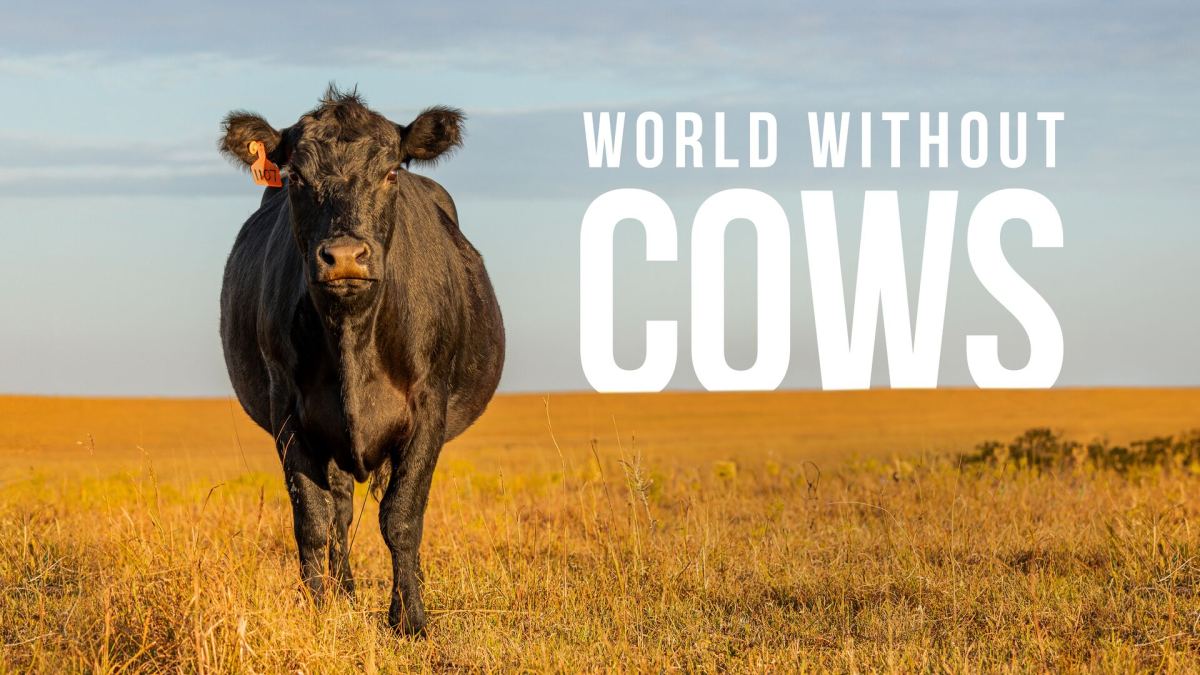
North America

Europe

Latin America

Asia Pacific

Africa

Middle East

North America

Europe

Latin America

Asia Pacific

Africa

Middle East
Alltech, empresa líder mundial en nutrición animal y ciencia de los cultivos, ha creado Planet of Plenty LLC, una nueva compañía de responsabilidad limitada dedicada a impulsar iniciativas de storytelling, apoyo y educación que fortalezcan el papel clave de la industria agropecuaria en la construcción de un futuro sostenible.
Esta apuesta se apoya en la visión de Alltech de Working Together for a Planet of Plenty®, que convoca a la comunidad agroalimentaria a crear un mundo en el que la producción agropecuaria prospere, los alimentos nutritivos sean abundantes y accesibles, y los recursos naturales de nuestro planeta se repongan para las generaciones venideras.
Hace solo dos generaciones, la mayoría de las familias estaban vinculadas al sector agropecuario. Hoy en día muchas personas no conocen de primera mano cómo se producen los alimentos en el mundo. Esta desconexión puede dar lugar a ideas falsas o discursos simplistas sobre el impacto ambiental de esta industria, el papel de los productores en el diseño de soluciones climáticas o la complejidad de alimentar a una población creciente; mientras se protegen los recursos naturales.
El objetivo de Planet of Plenty LLC es acortar brechas a través de impactantes iniciativas de storytelling, apoyo y educación en la industria agropecuaria.
“Planet of Plenty LLC llevará a las personas a un viaje por el mundo: a campos, laboratorios de investigación y comunidades agropecuarias, donde verán de primera mano la compleja relación entre el sector agropecuario, el medioambiente y la seguridad alimentaria y económica”, dijo el Dr. Mark Lyons (presidente y CEO de Alltech).
Planet of Plenty LLC actuará como un hub de colaboración en el que la comunidad agroalimentaria y otros sectores podrán:
El proyecto insignia de Planet of Plenty LLC es el documental World Without Cows (Un mundo sin vacas), que da a conocer diversas perspectivas de investigadores que estudian las emisiones de metano, ganaderos que aplican prácticas regenerativas, expertos que afrontan el desafío de alimentar a una población creciente y habitantes de comunidades rurales que dependen de las vacas para su subsistencia. Cocreado por dos periodistas galardonados que ahora trabajan en Alltech, World Without Cows lleva a los espectadores a un viaje por el mundo para que puedan conocer mejor todo lo que aportan las vacas y cómo sería el mundo sin ellas.
En los últimos seis meses, World Without Cows ha sido proyectado en festivales de cine y en eventos en todo el mundo; suscitando un debate más amplio sobre el papel esencial de la industria agropecuaria en la sostenibilidad, la seguridad alimentaria y la economía mundial.
A través de la colaboración con el equipo de comunicaciones de Alltech y su extensa red mundial, Planet of Plenty LLC seguirá creando contenidos visualmente atractivos e informativos que retraten con precisión las complejidades y oportunidades en la industria agropecuaria actual, utilizando datos respaldados por la ciencia y el storytelling para atraer al público; al igual que ha hecho en todo el mundo con Un mundo sin vacas.
A medida que crece el interés por World Without Cows, esta iniciativa ofrece a sus patrocinadores aumentar el impacto de este documental al llevarlo a nuevas audiencias. Las contribuciones económicas a Planet of Plenty LLC financiarán directamente los esfuerzos para ampliar el alcance del documental, así como otras iniciativas de storytelling y apoyo –basadas en la ciencia– que promuevan el diálogo.
“Las historias más impactantes de la industria agropecuaria las cuentan los que están en primera línea”, comentó el Dr. Mark Lyons. “Impulsar un cambio real empieza por la sensibilización, el conocimiento y el generar un debate más amplio; que es lo que Planet of Plenty LLC se esforzará por buscar”.

KEENAN and Hamilton Ross Group have announced a new and exclusive distributor partnership in central Scotland.